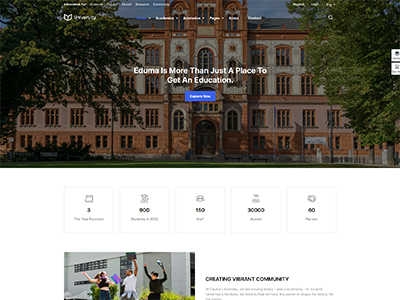Yoga is not just a series of physical postures—it is a holistic path to self-realization. While beginner practices focus on flexibility, strength, and relaxation, advanced yoga emphasizes meditation, energy mastery, and spiritual growth. These techniques cultivate deep inner awareness, emotional clarity, and a profound sense of connection with oneself and the univers.
1. Advanced Meditation Practices in Yoga
a. Dharana (Concentration)
- Focuses the mind on a single object, sound, or thought.
- Example: Gazing at a candle flame (Trataka) or repeating a mantra silently.
- Benefits: Improves mental clarity, attention, and emotional stability.
b. Dhyana (Meditation)
- A deeper, uninterrupted flow of awareness beyond concentration.
- Techniques involve observing the mind without attachment, cultivating inner stillness.
- Benefits: Develops self-realization, reduces mental chatter, and promotes inner peace.
c. Mantra Meditation
- Using a sacred sound or phrase (e.g., “Om” or a personal mantra) to focus the mind.
- Advanced practitioners synchronize breath, vibration, and visualization for heightened awareness.
- Benefits: Balances energy centers (chakras), calms the nervous system, and elevates consciousness.
d. Kriya Yoga
- Combines breath control, meditation, and energy techniques to purify the mind and body.
- Often guided by a qualified teacher due to its complexity.
- Benefits: Accelerates spiritual growth and deepens mindfulness.
2. Spiritual Techniques in Advanced Yoga
a. Chakra Meditation
- Focuses on the seven energy centers along the spine: Muladhara (Root) to Sahasrara (Crown).
- Techniques: Visualization, mantra chanting, and breath awareness at each chakra.
- Benefits: Balances emotional and physical energies, promotes inner harmony, and awakens spiritual potential.
b. Pranayama (Advanced Breathwork)
- Techniques like Kapalabhati, Bhastrika, Anulom-Vilom, and Breath Retention (Kumbhaka).
- Effects: Increases vitality, clears energy blockages, and strengthens mental focus.
- Spiritual significance: Breath is considered a bridge between body, mind, and soul.
c. Nada Yoga (Yoga of Sound)
- Focus on internal or external sound vibrations.
- Practices: Chanting, listening to sacred sounds, or experiencing inner resonance.
- Benefits: Harmonizes mind and body, deepens meditation, and fosters inner bliss.
d. Yoga Nidra (Yogic Sleep)
- Advanced guided relaxation that takes the practitioner into conscious deep sleep.
- Benefits: Reduces stress, heals emotional trauma, and facilitates subconscious transformation.
3. Integrating Advanced Techniques Into Daily Practice
-
Start with foundational yoga: Strong asana and breath control are essential.
-
Allocate quiet time: Meditation requires a calm, undisturbed space.
-
Progress gradually: Begin with short sessions and increase depth over time.
-
Combine techniques: Example—start with pranayama, move to chakra meditation, then end with mantra meditation.
-
Seek guidance: For advanced practices like Kriya Yoga or intense pranayama, guidance from an experienced teacher is crucial.
4. Benefits of Advanced Meditation & Spiritual Yoga
-
Heightened self-awareness and mindfulness
-
Emotional balance, stress reduction, and resilience
-
Strengthened intuition and creativity
-
Deep sense of inner peace and connection with the universe
-
Awakening of spiritual energy and consciousness



















































